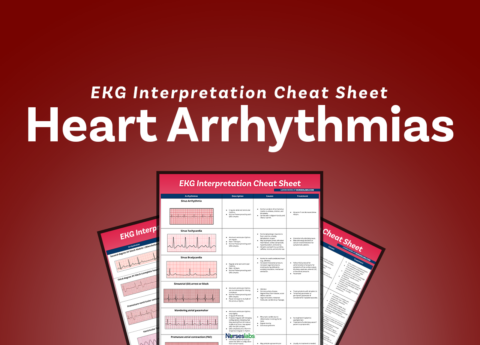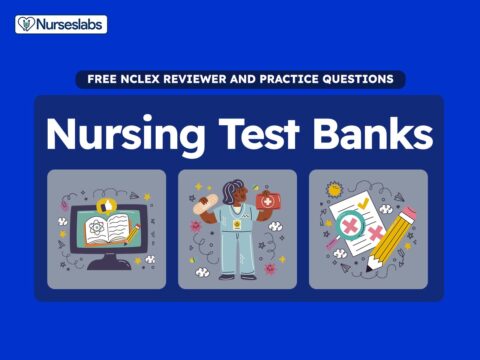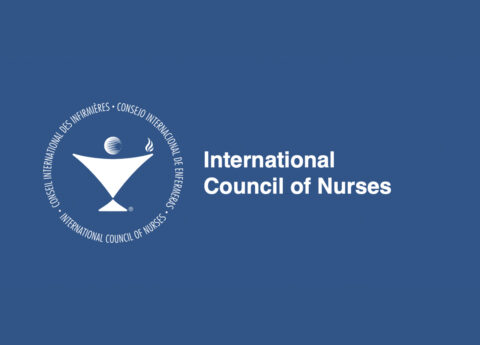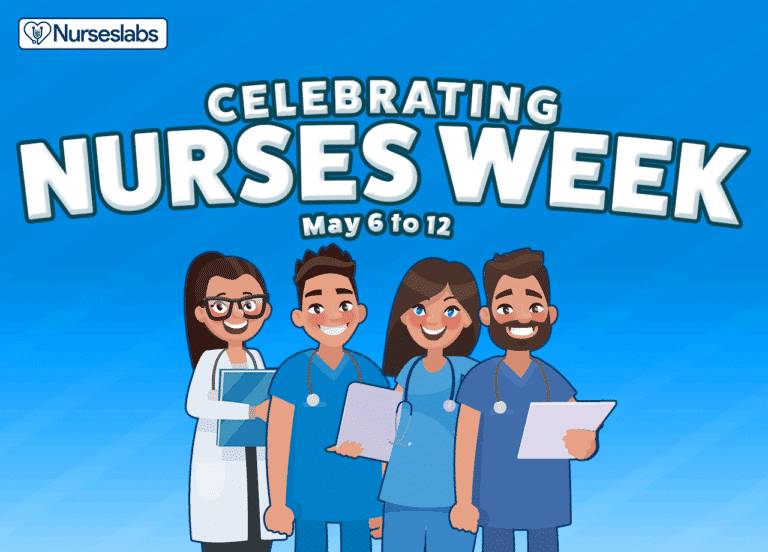Before taking a position at a hospital, it is important to consider the potential risks of taking a position at a ‘for profit’ hospital versus a ‘non profit’ hospital. At the end of the day, sure you really care about finding a job, and ultimately getting a paycheck, but there are definitely some significant pros and cons between the two different types of hospitals.
Non-Profit Hospitals
Currently ‘non profit’ hospitals make up about 2/3 of the entire hospital system. Despite the name indicator nonprofit hospitals are actually very profitable- they just use that money to expand, and invest in the community. Nonprofit hospitals do not pay federal or state taxes, so often times they actually have more money- but because they use that money for charitable causes they are able to obtain certain community benefits.
For-Profit Hospitals
Make up a little less than the other one-third of hospital systems, combined with government-owned hospitals. For profit hospitalization is growing, as they have started to buy out nonprofit hospital systems. For profit hospitals are triumphed as running similarly to other business models and tend to be extremely efficient.
Salary differences
The most important aspect to just about any job is the take-home pay. Sure, the intrinsic rewards of helping others is a large reason for why so many people get into the healthcare field, however, like all professions one of their main goals is to make money.
The salary differences between for-profit and not-for-profit hospitals seemed to directly affect nurses, along with all occupations across the board. Findings indicate that nonprofit hospitals pay all hospital professionals higher than for-profit hospitals.
The occupational indicated salary can vastly vary for assistant programs within the institutions, and can differentiate depending on the state. This ought to be looked into when debating whether or not to take a potential opportunity at a hospital. Keep in mind there are tiered programs to show the low, middle and high bracket of earnings for each position- these are growth indicators for tenure, increased education, and overtime.
Feeling valued and Staffing
Because they’re focused more operating efficiency, for-profits often have lower staffing ratios. This may not mean much for patients, as these staff members are usually compensate by being more productive (most patients often rate than standard of care similarly.) Yet it can make a difference in terms of stress and job satisfaction, a study found that hospital workers are more likely to feel valued as a person, receive praise and feel their job is important at not-for-profits than at for-profits. A large part of this is not attributed to staffing measures, but the general community outreach, religious affiliation, and mission statement of the nonprofit institutions.
Arguably this is one of the most important differences between profit and nonprofit hospitals. Generally employees cite a greater discontent, and stress in their workplace when they feel undervalued. This is a huge reason for employee attrition in all places of work.
Patient Loyalty
There seems to be a small correlations between patient loyalty and for profit hospitals. This could be a result of the consistency and efficiency that is the driving force of many for profit hospitals. The most interesting thing about the patient loyalty aspect is that studies have shown that for profit hospitals tend to be more expensive than nonprofits because they are not given the tax benefits that nonprofits are, therefore, they have to increase costs to make up for it.
Patient loyalty directly impacts hospital management positions, and the physician’s far more than nursing staff, although this is an important measurement for the hospital to consider. This indicator can become increasingly important if patient loyalty consists of leaving one branch of hospitals for their competitors across town.
Community Benefit
It would seem that a nonprofit that is being given tax breaks so they can be deemed as a “charity” that nonprofits would tip the scales and would indicate imperative benefit to the surrounding community members. However, this isn’t the case- there is no significance either way to the impact that having a non profit hospital has on nearby communities. In fact, many scholars and legislators are pushing for these institutions to follow a charitable contribution criterion to be considered nonprofit.
The statistical significance of the difference between the for profit and nonprofit institutions are actually rather small. Consider looking at the pros and cons more directly when applying for travel nursing positions where the hospitals tend to already have understaffing issues. Feeling valued as a nurse, medical assistant, or CNA when understaffed and working on Thanksgiving evening, however, is not statistically insignificant.
About the author: Lauren Penrod is the mother to two poodle mixes and is expecting her first child in November. She was born and raised in Boise, Idaho and spends her spare time writing and watching too much E! Tv.





































Leave a Comment